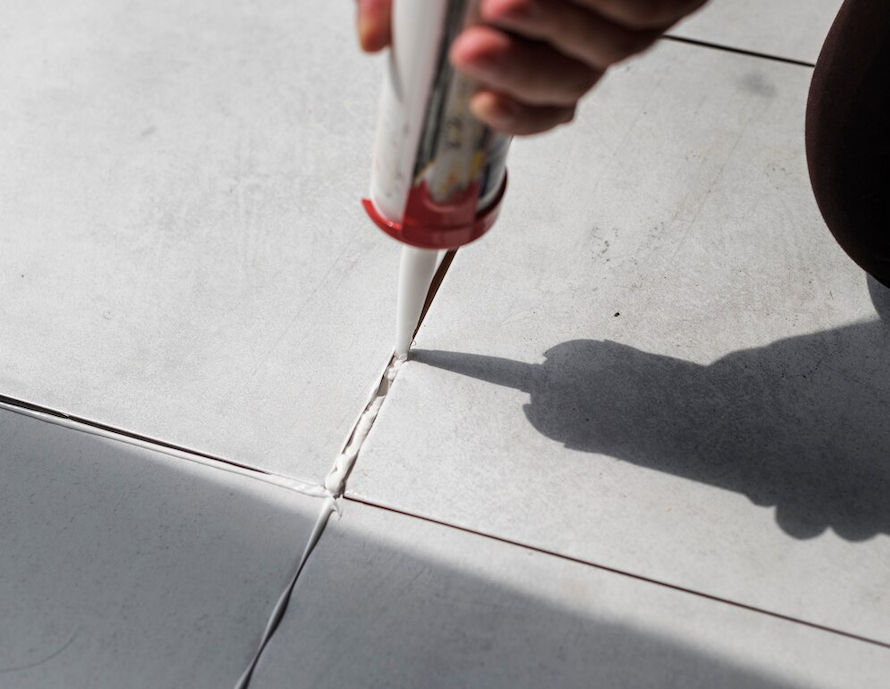Home and Garden
Silicone Sealants: The Secret Ingredient in Durable Infrastructure
In the ever-evolving and advancing world of construction and industrial applications, there’s a constant need for durable and long-lasting infrastructure. Back in the day, traditional methods of sealing and bonding materials were often not enough to withstand the harsh elements or heavy use. This ultimately led to frequent repairs and replacements, resulting in a waste of resources and money.
Fortunately, modern technology has provided a solution to this problem in the form of firm and long-lasting silicone sealants. These versatile materials have become the secret ingredient in making infrastructure more durable and reliable, often extending its lifespan significantly.
What Is Silicone Sealant Used For?

Truth is, we’ve all seen a silicone sealant being used in one way or another, whether at home, in a commercial building, or on the roads. But not many of us are acutely aware of its multitude of applications.
Construction and Home Improvements
If you’ve ever done bathroom renovation planning, chances are you’ve come across silicone sealants being used for various purposes. From sealing and waterproofing showers, bathtubs, and sinks to installing fixtures and fittings, they act as a barrier against moisture and leaks. They’re often used in combination with other construction materials to create a sturdy and leak-proof structure.
Additionally, the kitchen is another area where silicone sealants shine, with their ability to bond to different types of kitchen surfaces. They’re also handy in repairing and sealing windows, doors, and other parts of the house that are exposed to external elements. This allows for better energy efficiency and a comfortable indoor environment.
Moreover, miscellaneous wire protection, air duct sealing, and HVAC insulation are other practical applications of silicone sealants around the house. These areas are often exposed to high temperatures, moisture, and chemicals, making them vulnerable to damage. But with the right type of sealant, they can withstand these conditions effectively.
Industrial Applications
These adhesives are a critical component in many industrial processes as well. Their anti-corrosion properties make them ideal for automotive, aerospace, and other transportation industries. They’re also used in the manufacturing of electronic components, such as sealing circuits and protecting them from moisture, dust, and other contaminants.
For instance, in the solar and wind energy sectors, they’re used to bond and seal large solar panels or wind turbine blades. Their resistance to extreme weather conditions and UV radiation ensures these essential structures remain intact for a longer time.
Bonding Various Materials
When it comes to bonding materials, silicone adhesives have a distinct advantage over other adhesives. They can bond different surfaces like metal, glass, rubber, plastic, wood and even stone with ease. This makes them suitable for various DIY projects or professional use.
Let’s say you have a broken ceramic pot or vase, and you want to repair it without taking it to a professional. If you’re careful with the application and don’t rush the process, this kind of sealant can help you bind and fix the broken pieces together seamlessly. This adhesive also comes in handy when attaching mirrors to walls or fixing outdoor decorations, especially if you don’t want to make any visible drill holes.
Types of Silicone Sealants

Depending on the curing method, there are three main types of silicone sealants available in the market. Each one serves a specific purpose, and understanding them can help you choose the right one for your needs.
Acetoxy Cure Sealants
This option is based on acetic acid, and it’s the most common type of silicone sealant in use. It’s typically used for interior applications as it releases a vinegar-like smell during curing, which can be unpleasant if not adequately ventilated. But if used as intended, it’s a strong adhesive with excellent adhesion and weather resistance properties.
You can apply it to various surfaces and materials, including glass, ceramics, wood, and metals. Its fast curing time also makes it suitable for quick repairs or emergencies but requires careful handling to avoid any mess.
Neutral Cure (Oxime) Sealants
This type of sealant is known for its odourless and non-corrosive properties, making it suitable for both interior and exterior applications. Its inherent neutral pH allows it to bond with a broader range of materials without causing any damage or discolouration. This includes sensitive and porous surfaces like natural stones, mirrors, plastics, and rubber.
It’s also water-resistant and has excellent UV stability, making it ideal for outdoor projects. On the other hand, its slow curing time can be a disadvantage if you need quick repairs or don’t want to wait too long before using the bonded surface.
Alkoxy Cure Sealants
Lastly, alkoxy cure sealants are less common but often used in specialised applications. They produce minimal odour during curing and have excellent resistance to chemicals, making them suitable for industrial use. They also bond well with glass, metals, ceramics, and plastics and can withstand extreme temperatures.
Additionally, they’re often used in construction for bonding glass panels or other materials that experience high humidity levels. However, they’re not recommended for use on natural stones or other alkaline surfaces due to their acidic nature.











